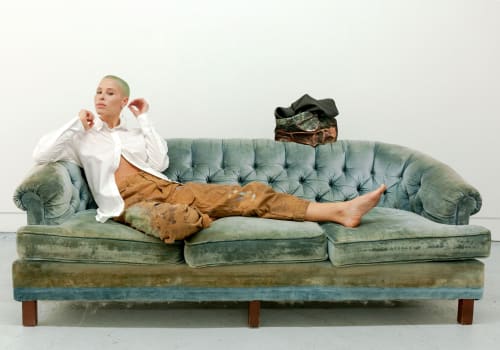
Given that she is as striking as her work is, it might be easy to fetishize, or even just relegate artist Kennedy Yanko, to one thing, to her physicality, to being female in the mostly male world of sculptors. But that would be as foolish as limiting her work to its discrete ingredients of found metal objects and paint skins. Doing so would mean missing out on all the work’s beauty through duality, foregoing its sensuousness and the opportunity to engage mentally with and go beyond the physical work. As her show, Because it’s in my blood, grounded by the life and times of musician Betty Davis opens this week at Poggiali Gallery in Milan after COVID-19 delays, Yanko and writer and art collector Suzanne McFayden spoke about the importance of art, of how Yanko is responding to the times, becoming more herself, claiming and taking up space and by doing so making room for those to come.
Kennedy Yanko in Conversation With Suzanne McFayden
Suzanne McFayden: How do you feel about this show now that it is actually happening?
Kennedy Yanko: Being in Milan and seeing the work come to life in the gallery has made me fall even more passionately into Betty Davis’ story. I really needed the dialogue with her and her music this past summer — it carried me through. Listening to her funk, absorbing her rawness, experiencing the beast she let out — I realized I needed to release that too. I needed to get it out of my body and into the collective energy I feel circulating. I’m proud of the way my voice has come out, alongside her spirit, and how this work is contributing to the conversations we all know we need to be having. But you know, everything happens on time. Betty was on time for me.
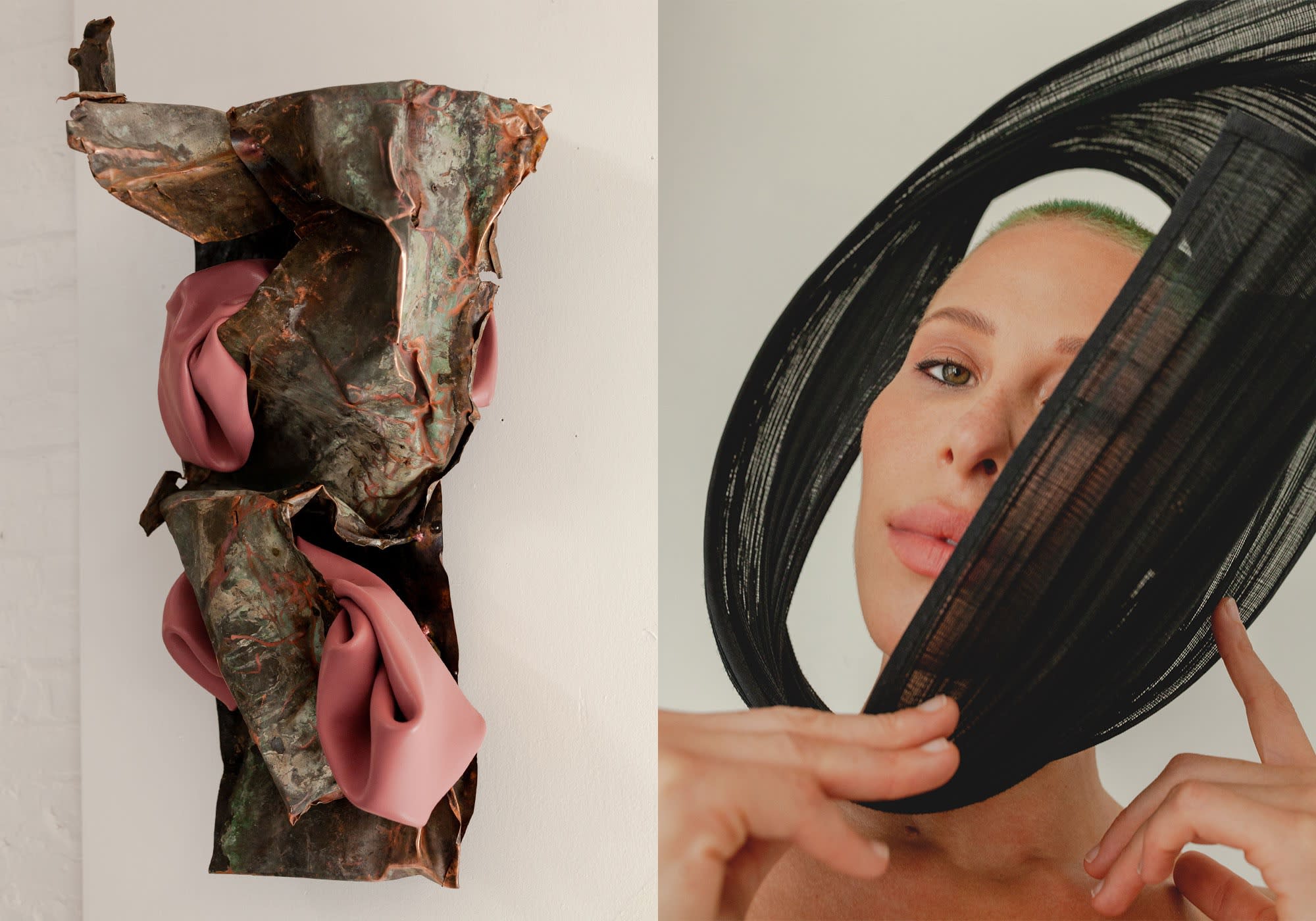
SMF: Did you want to revise the works in any way to reflect what’s happened since the show was originally conceived, pre-COVID-19 and pre the murders of African Americans which sparked protests in America and worldwide?
KY: I think the conversation I’m having — about rawness, realness, and cultivating subconscious sight as a necessary action towards advancing collectively — is an enduring one. It has a lot to do with what’s going on right now, as we all work to recognize and seek our respective truths, against the possibly conflicting truths of the world around us. I wouldn’t say I revised the work to reflect what was happening, but I would say that Betty showed up right on time as a grounding iconoclast.
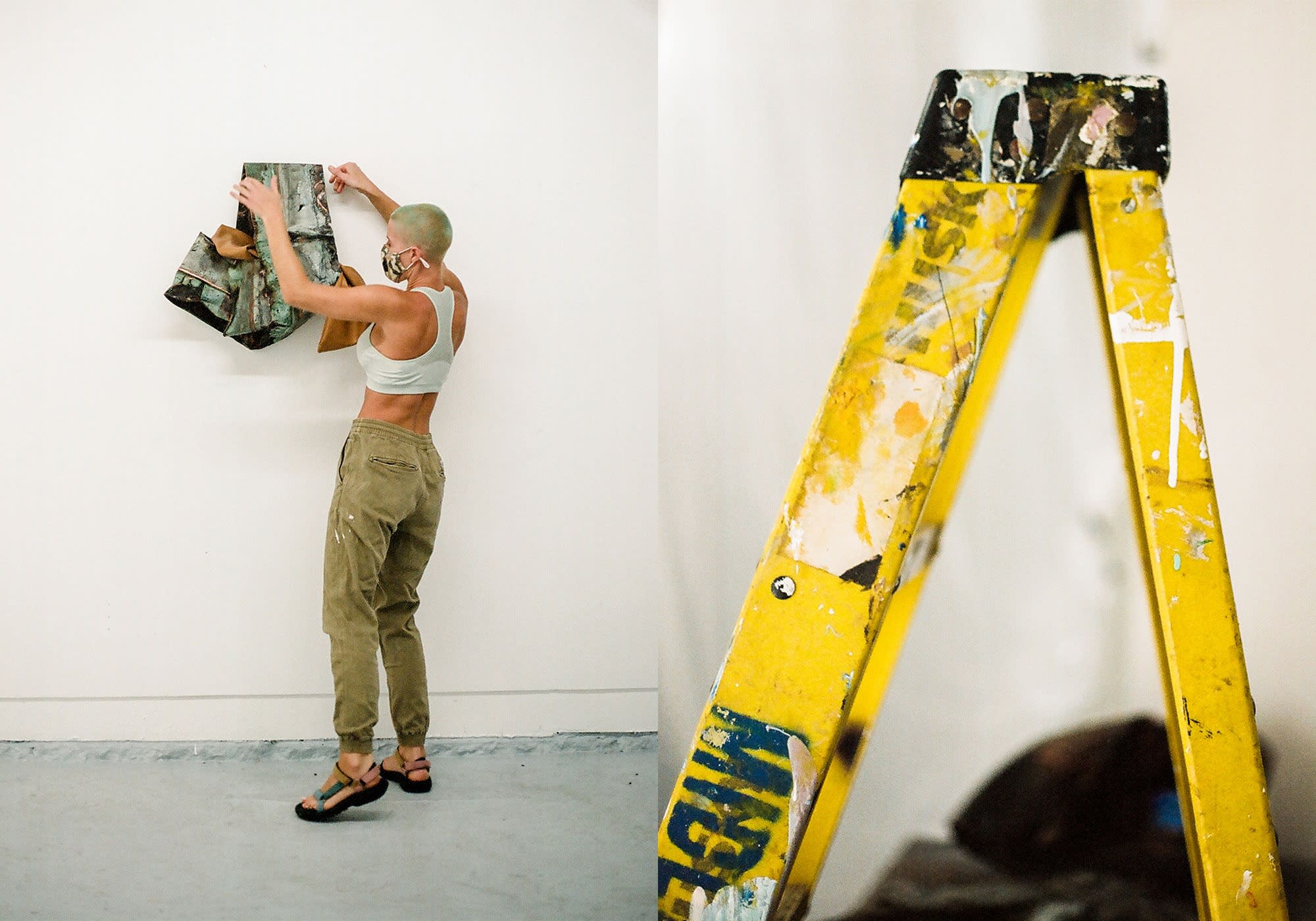
With this show, I talk about the censorship of Betty, and I talk about her not being recognized for all that she was, that she ended up a visionary expelled commercially from her music community. This was a huge loss to her individually and to the collective. She was dismissed because people couldn’t see — refused to see — anything that wasn’t familiar to them.
In my work, I’m often referring to Abstraction as a conduit to cultivate one’s ability to tap in. It forces viewers to initiate modes of seeing that they don’t generally call upon. When tapping into intuitive impulses, we can feel surprise within ourselves, which translates into a different way of feeling and sensing.

SMF: Your work has always straddled and explored duality, conceptually and in its materiality. This show feels as if it’s embracing both simultaneously. It also feels more personal, tender, in fact. Was that always planned, or did it evolve as you worked grounded in Betty?
KY: This show is very personal, which I was not expecting at all. Sitting with the pieces in my studio, I began to feel like I was surrounded by women — turn of the century courtesans in particular. The pieces were very pretty (in contrast to some of my other metal and paint skin work) and you’re right, there was different connectivity between the copper and paint skin — between their colors; the luscious copper and the muted but soft paint. They had a kind of knowingness, this very sensuous, but clear, provocative personality.
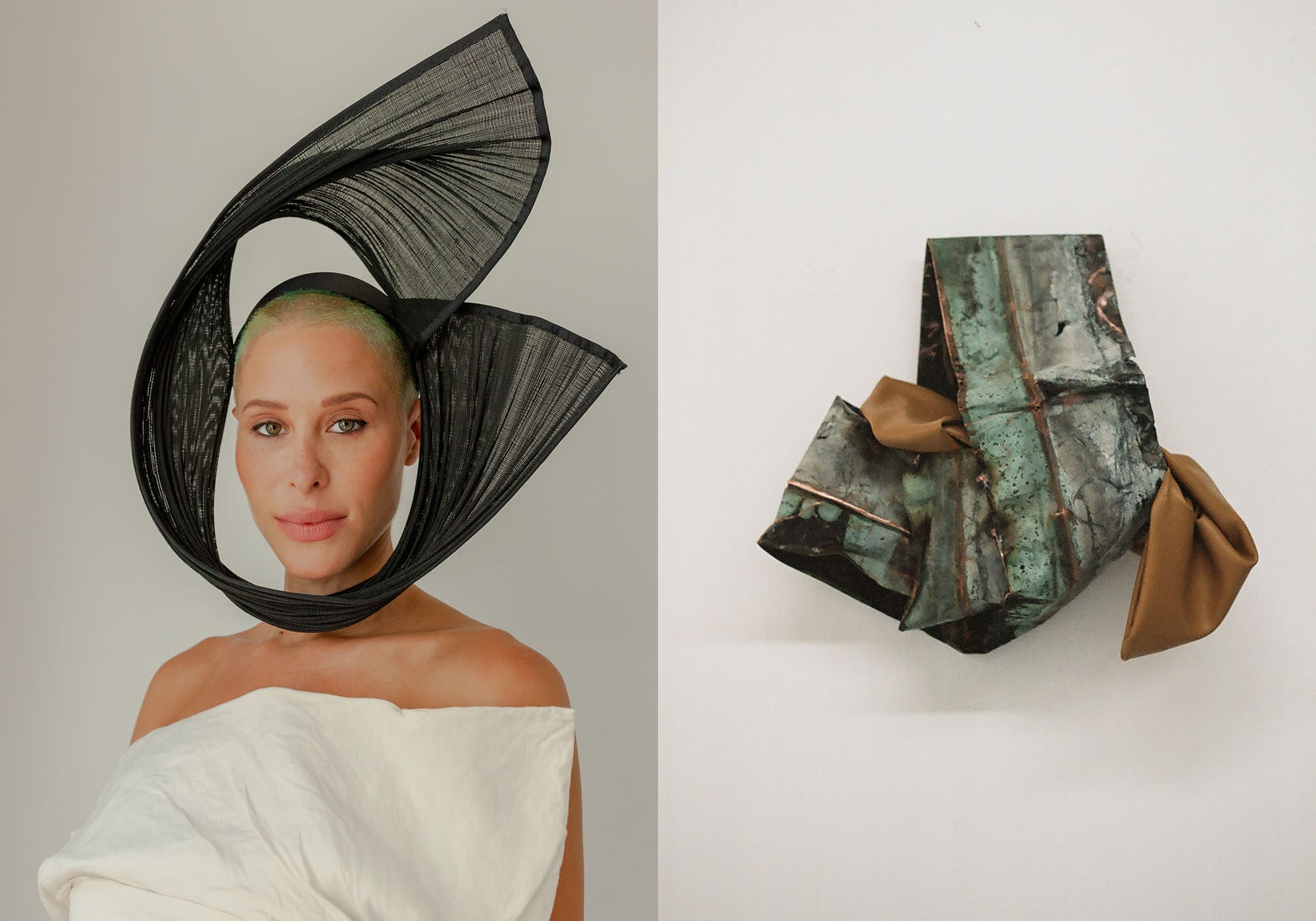
I finished the collection before I realized I’d anchored the work in Betty Davis. I saw They Say I’m Different, a documentary about her mysterious, undocumented life and decade-long career, and immediately became obsessed. I felt so connected to that woman, and to the feelings she must have experienced: from not being fully accepted–to feeling wild–to feeling very clear in what she was doing. When I realized Betty was the anchor, the work shifted for me. I could breathe. That discovery was the evolution that I think you’re curious about.
Exploring Betty and this work also connected me to the surrealists. I feel like in Betty’s practice, she was coming from an interior, subconscious place. I’ve been thinking about the surrealists heavily for the last few years, and they were really influential to me as a young person. It’s been interesting to think about my making as automatism, and Betty’s work as automatism. We’re both working from something that isn’t necessarily intellectual. We’re playing with reality and interiority and how to make them align — or assessing how they don’t.
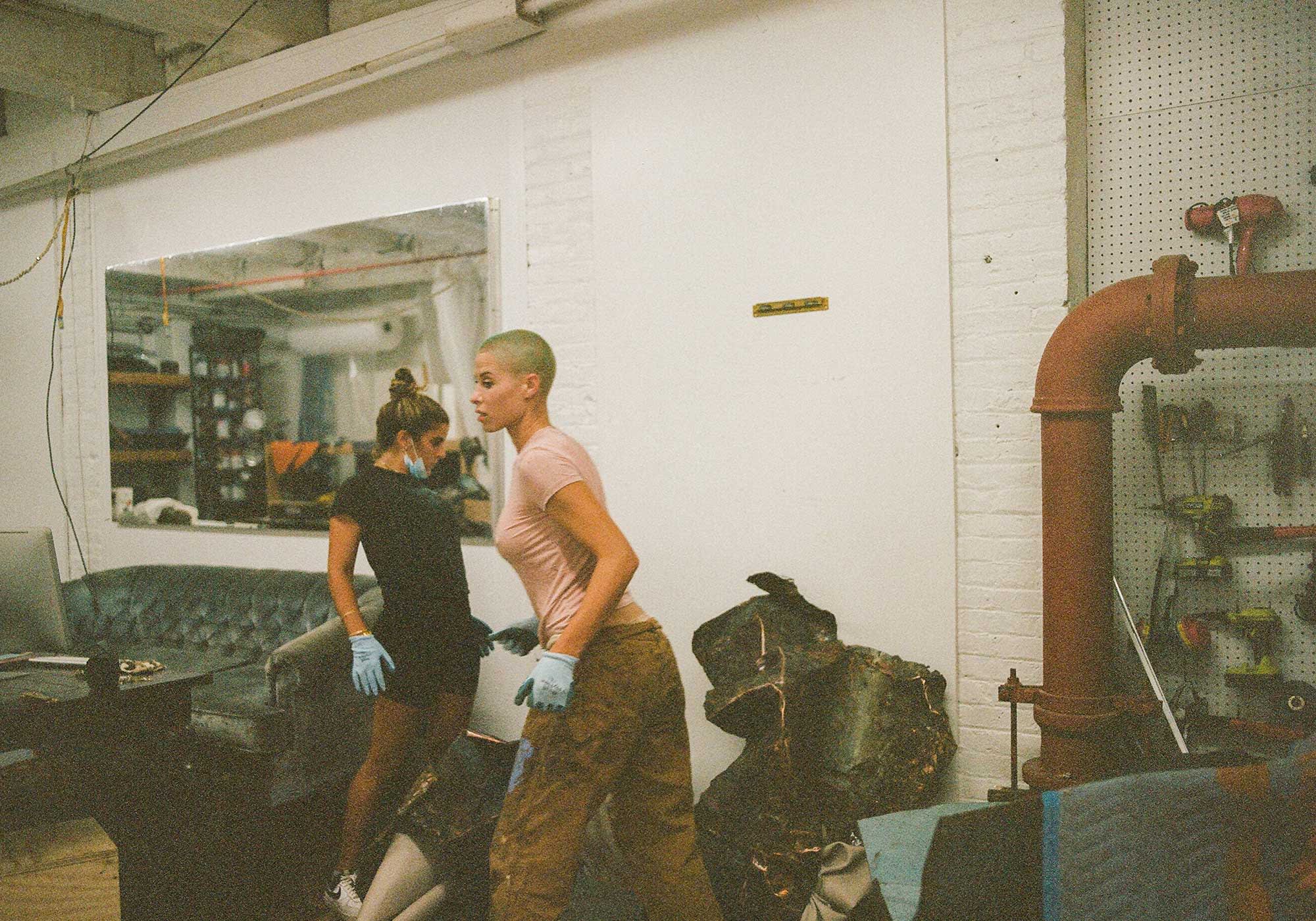
SMF: How do you begin your creative process? Does the found object spark your creative vision or vice versa?
KY: The process begins with my hands. They start and tell me where to go, and then my mind responds to it. It’s a very give and take relationship with the materials.

SMF: As a woman whose work has long focused on claiming herself and artistic space, what continued impact do you think recent events at home and abroad will have on you and your practice?
KY: I’ve always had this morbid feeling like tomorrow is going to be my last day, so I’m constantly considering what’s most important to me–what I’m doing, why I’m doing it. Covid19, the continuous lynching of our black brothers and sisters, and the persistent buzz of surveillance capitalism turned the volume up on those questions. Anger and despair moved through me in a way I’ve never experienced. At some point, I realized I wasn’t really doing anything but walking around pissed off at everything and everyone – it’s one thing to educate yourself and those around you by protesting, voting, having hard conversations, and supporting those who have dedicated their lives to this work, but I paralyzed myself.
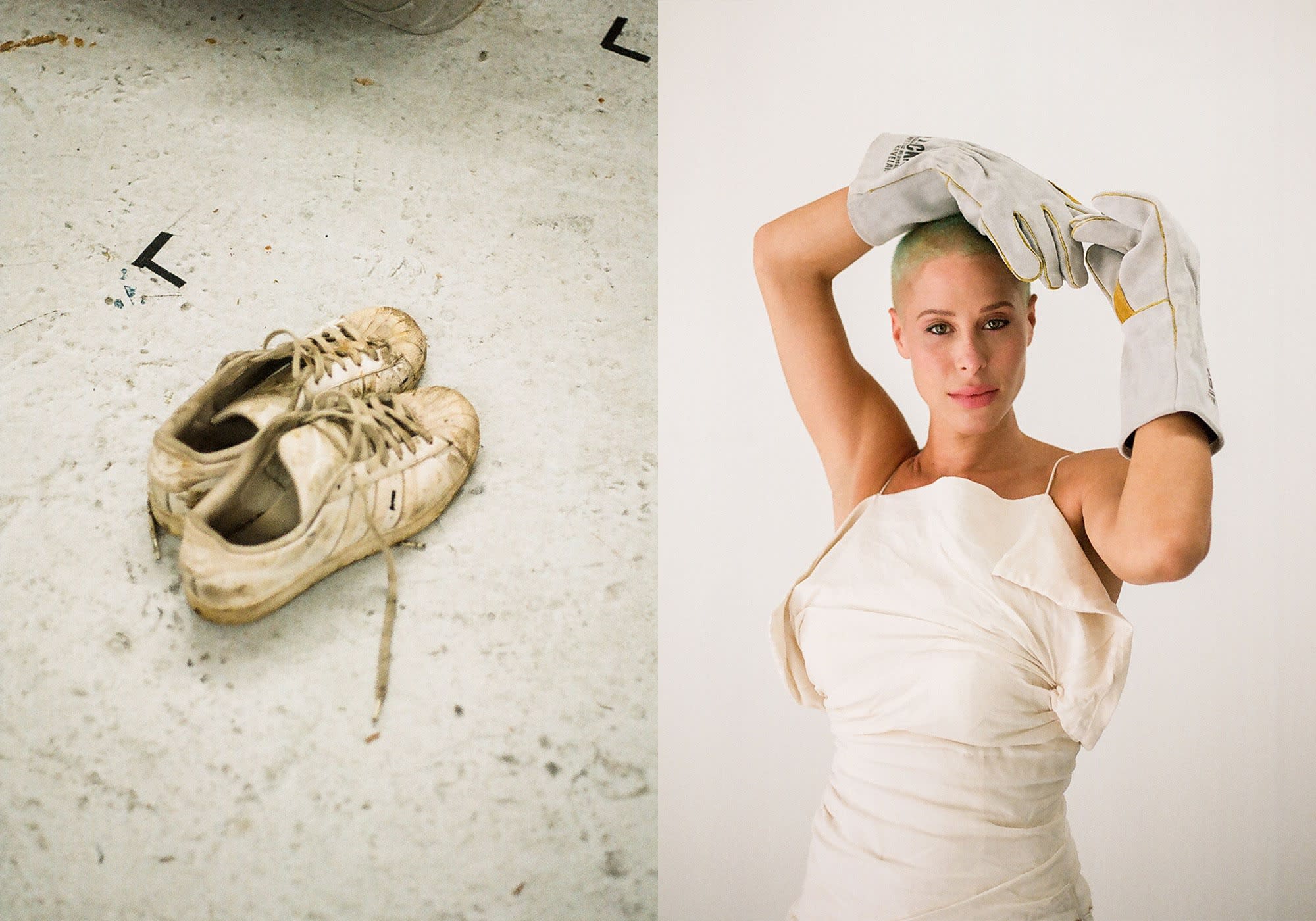
So, I had to really question what I could offer with my attention. I kept coming back to my primary objective: creating catalysts for new ways of seeing, and what it means to be a woman of color creating space for herself and for others like her. I want to create environments where I can support and progress our abilities to see differently, realize our conditioning, and move beyond it. In this new world, I feel I can make the most impact via my community of art and artists because that’s what I’ve dedicated my life to and that’s where my heart lives.
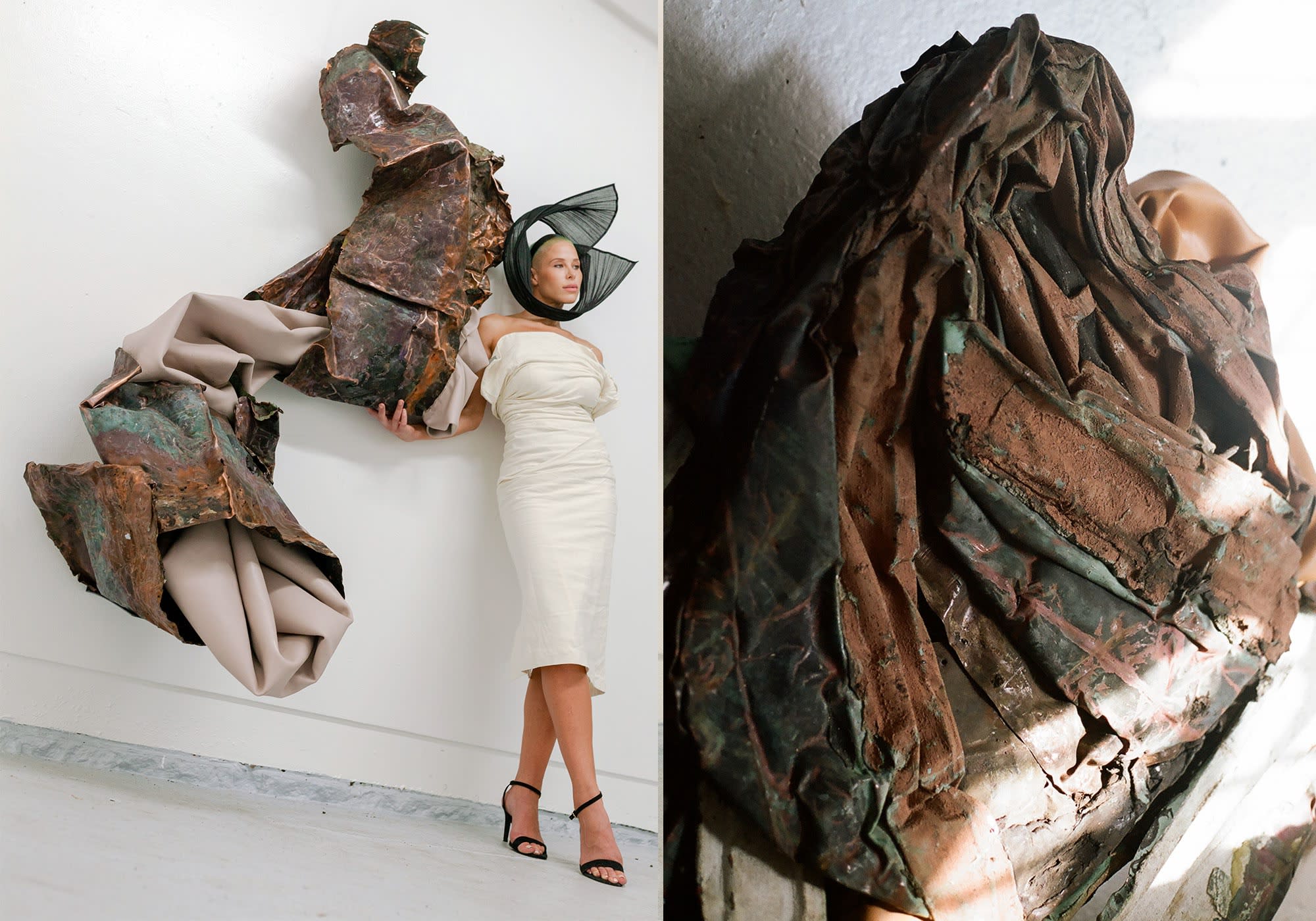
SMF: What’s something you wish more people understood or asked you about your work?
KY: I’d love it if there was a greater discussion around the metaphysical and philosophical aspects of my work. I want to talk more about how the work’s materiality supports the transmutation of ideas. Maybe these topics aren’t of interest, or maybe they’re intimidating, but we come to art to learn. We come to new spaces to understand more about ourselves and the world around us. I want to engage with and learn from my viewers as much as I want to from the process of making, from myself, from culture, from history, from nature, and so on.
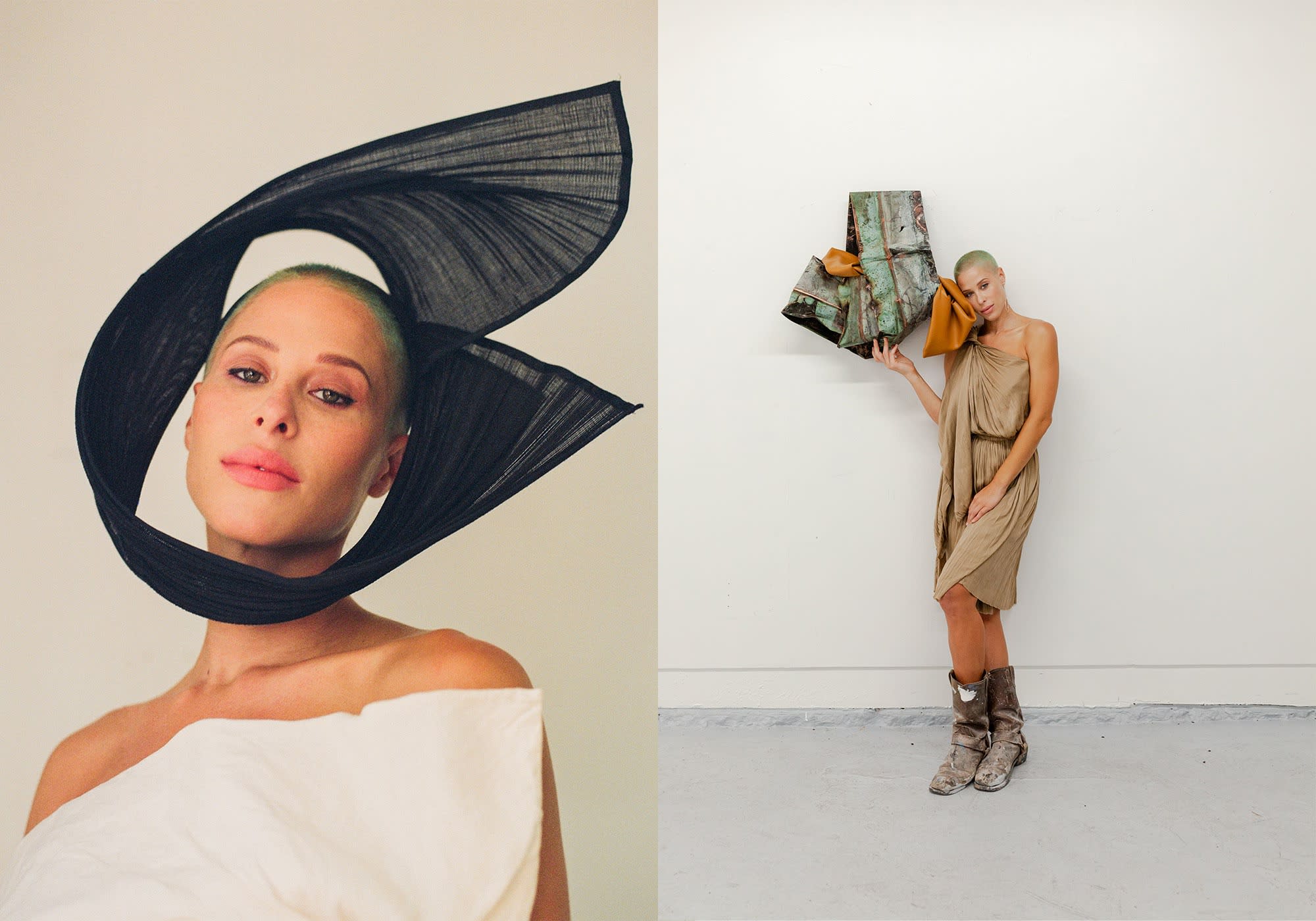
See more of Kennedy Yanko on Instagram @kennedyyanko and follow @kennedyyankostudio
